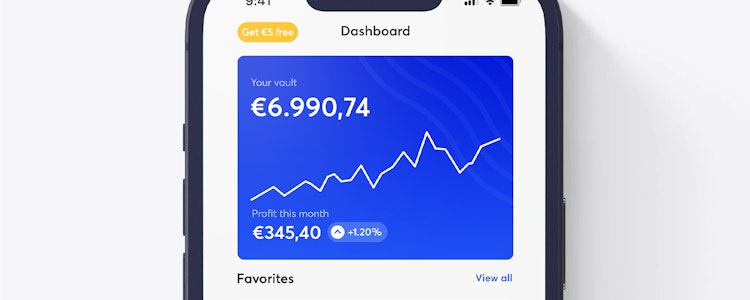News - Bitcoin stagneert: Wanneer komt het Halving-effect?
The Bitcoin Halving in April disappointed optimists. BTC was still at 64,000 dollars on the day of the Subsidy Halving, but now the digital gold is only at 61,500. In other words, since the Halving, the price has fallen. Why is that and why is the Halving having no effect?
During the Halving, BTC inflation halved from 900 BTC per day to 450 BTC per day. This means that instead of 9,000 Bitcoin in ten days, only 4,500 Bitcoin now enter the system. After one hundred days, the difference between prediction and reality is already 90,000 versus 45,000. In other words, with some delay, the Halving is becoming increasingly important.
This also explains why BTC always moves sideways after the Halvings. Economically, the effect is simply not noticeable at first. "Only after 100 days does the effect become statistically significant," says Dr. André Dragosch, Head of Research at the ETC Group. That would be sometime in the summer.
Short-term risks predominate in Bitcoin
In the short term, risks still dominate. The U.S. central bank, the Fed, is maintaining high interest rates at the same time as higher recession risks. That's bad news for Bitcoin.
Market sentiment has cooled as a result. The Relative Strength Index (RSI) is slowly moving back into neutral territory at 64 out of 100 points. The RSI is a so-called momentum index. At low values, Bitcoin is seen as "oversold" and more likely to reverse the trend.
But the current market situation may also present opportunities. In the medium term, the macroeconomic situation points to the biggest Bitcoin Bull Run of all time.






